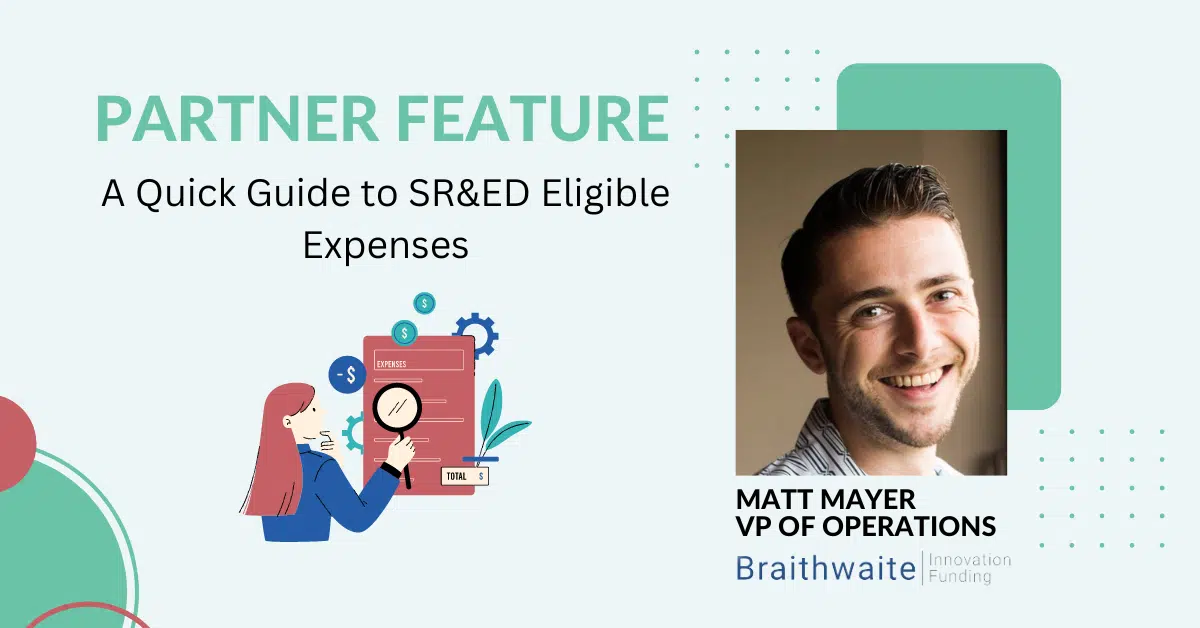SR&ED BORROWING GONE WRONG – OUCH!
We are often asked by companies for financing, but rarely are we asked how to recognize when it is a bad time to take on debt. Borrowing is common and many companies are very successful with the additional capital. However, there are circumstances in which we believe it is better to consider other options than debt:
Unproven Product-Market Fit
When a company raises equity and hits a bump in the road, there is a possibility of a reduction in the enterprise value of the company or perhaps the need for a small amount of additional equity. If there is a downturn and debt makes up a considerable portion of the capital structure, it may be possible to default on the loan and lose your company. It is important to have product-market fit to ensure that the company will generate revenue at an accelerating pace. The product-market fit does not guarantee that something else will not negatively affect the earnings. However, it is one of the key factors to consider.
Declining Revenue/Margin/Profit
When revenue, gross margin, or earnings are declining, raising additional debt can be risky for a number of reasons. Firstly, the debt is likely to be expensive and will precipitate an even greater financial strain on the company. Typically the plan is for the debt to be deployed to improve sales. If revenue does not pick up, the financial stress is compounded as revenue falters and expenses increase due to interest payments.
Pending Lawsuit
If there is litigation in the near future, unless the lender specializes in funding lawsuits, do not take on new debt. It is your responsibility to disclose that there is pending litigation or you may be personally on the hook for the money.
Significant Existing Debt
There is an optimal amount of debt for companies. In our experience, for technology SMB’s, debt should be no more than ⅓ of the capital structure and no more than 50% of trailing 12 months revenue. If the company has debt, even if it is “friendly,” as in the case of government loans, having too much debt can scare away equity investors. Eventually, when it is time to repay the debt, there may even be insufficient earnings.
Unclear Use of Funds
Ensure you have a clear plan for how to use the funding. Some entrepreneurs want a war chest so that equity investors can’t “push them around” when raising capital. Some businesses have found a product-market fit and want to invest heavily in their go-to-market. Other companies need additional funds to finish an R&D project. Whatever the reason for raising debt, establish a clear plan for how to deploy the funds. It makes no sense to pay interest on cash in the bank.




